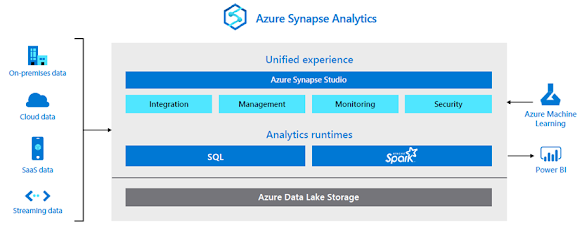All you need to know about Azure integration tools
There are four main Microsoft Azure integration tools for applications -- both on premises and cloud-based -- as well as data and processes: Logic Apps, Service Bus, API Management and Event Grid. Learn the basics of each of these Azure integration tools below.
Azure Logic
Apps: Logic Apps is a cloud service that enables
enterprises to connect on-premises and cloud systems with prebuilt APIs as
Microsoft-managed connectors. Users can schedule, automate and orchestrate
various tasks, processes and workflows for integration purposes. When logic
app, which is an application built by the Logic Apps tool, is triggered, it
runs the action needed -- such as data conversion and flow controls. Rather
than deal with code, users can build these logic apps with a visual design
tool. Microsoft also offers prebuilt template and connector galleries.
Azure Service Bus: Service Bus is a cloud messaging service that transfers data between applications and services via messages. Additionally, it is a way to decouple applications and services from each other. Azure customers might evaluate Service Bus for scenarios such as order processing and financial transactions. A namespace holds all message components, such as queues for point-to-point communication and topics for publish/subscribe. The service also includes various advanced features such as auto-forwarding, dead-lettering, batching and duplication detection.
Azure API Management: The API
Management service enables enterprises to create, publish, manage,
secure and analyze APIs. These APIs can publish to external, partner and
internal developers. The Azure service comprises three primary components: an
API gateway, Azure portal and a developer portal. Consider the service to
secure mobile infrastructure or run an internal API program, among other uses.
This product includes a consumption pricing tier, aimed at serverless
architectures, in which enterprises pay per use.
Azure Event Grid: Event Grid is a cloud service that Azure customers use
to build apps with event-based architectures and to manage event routing. It is
a fit for serverless
application architecture, operations automation and to integrate
applications. Event Grid natively supports events that come from other Azure
integration tools and services, as well as those from the enterprise. The five
main components: events, event sources, topics, event subscriptions and event
handlers. These components work together in applications to tell what happened,
where it happened and what is reacting to it, in addition to the endpoint where
publishers send events. Enterprises can choose between customized or
resource-defined built-in events.
Prometix as a Microsoft Gold certified partner and certified O365 consultants (Sydney, Canberra, Melbourne & Perth), we have extensive experience in delivering Office 365 based solutions. We have also developed toolset that will migrate records from your legacy system to SharePoint without losing the digital continuity. For more information, please contact us from enquiries@prometix.com.au


Comments
Post a Comment